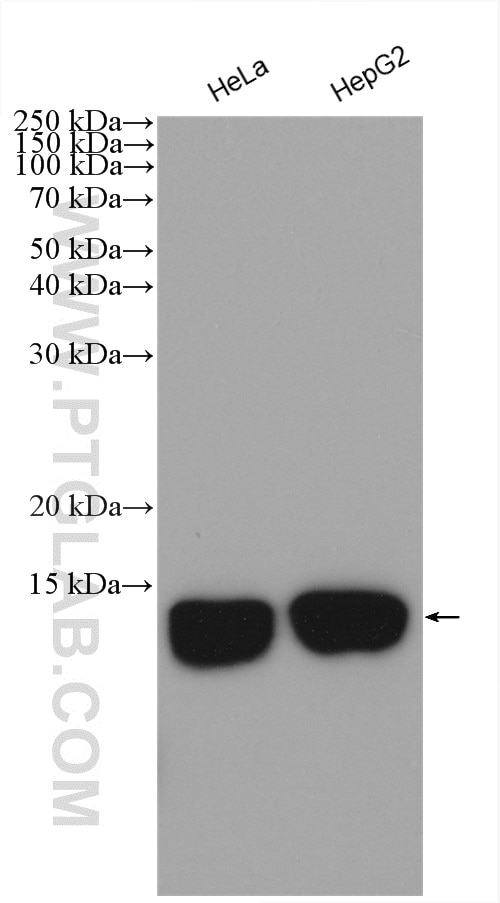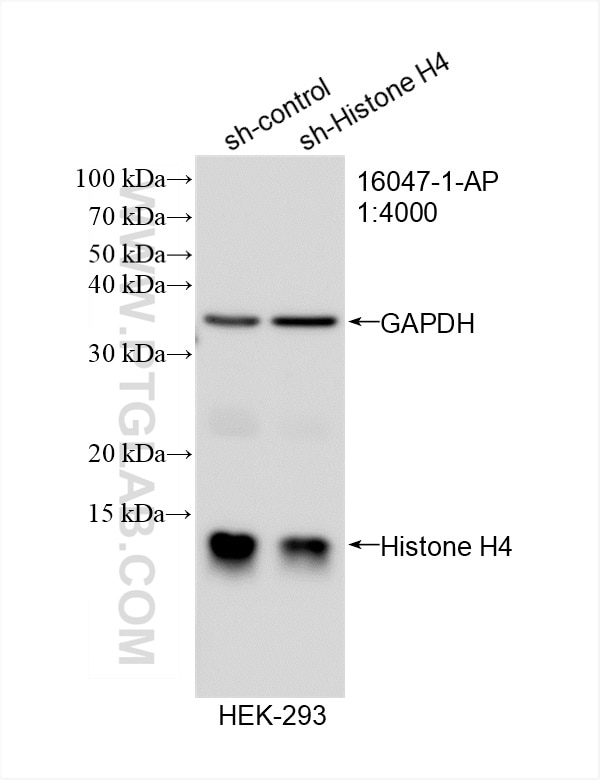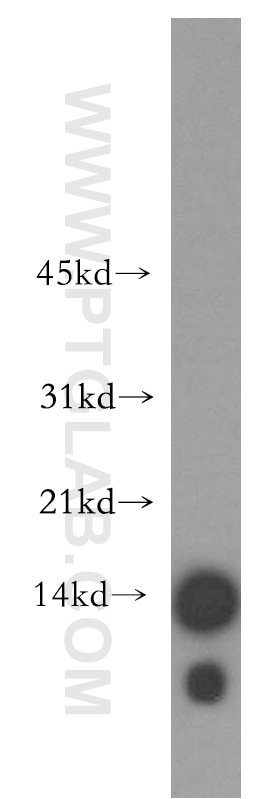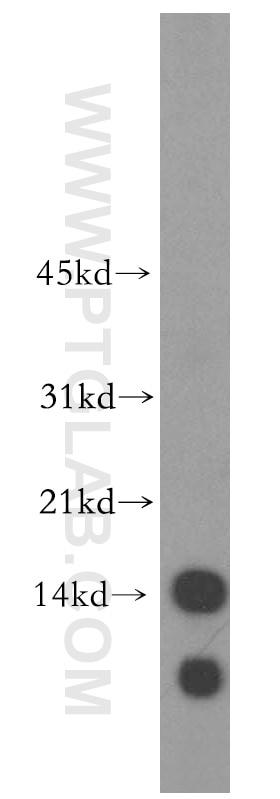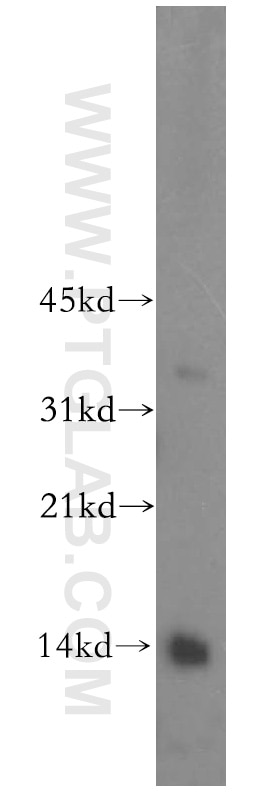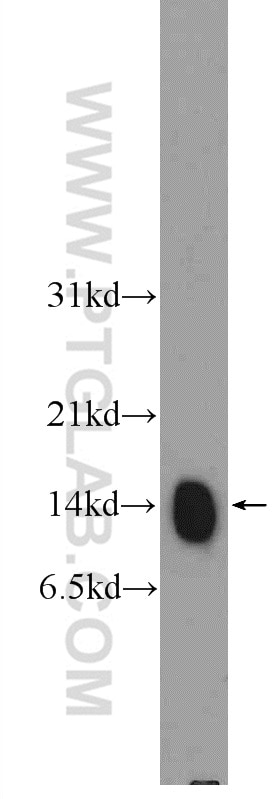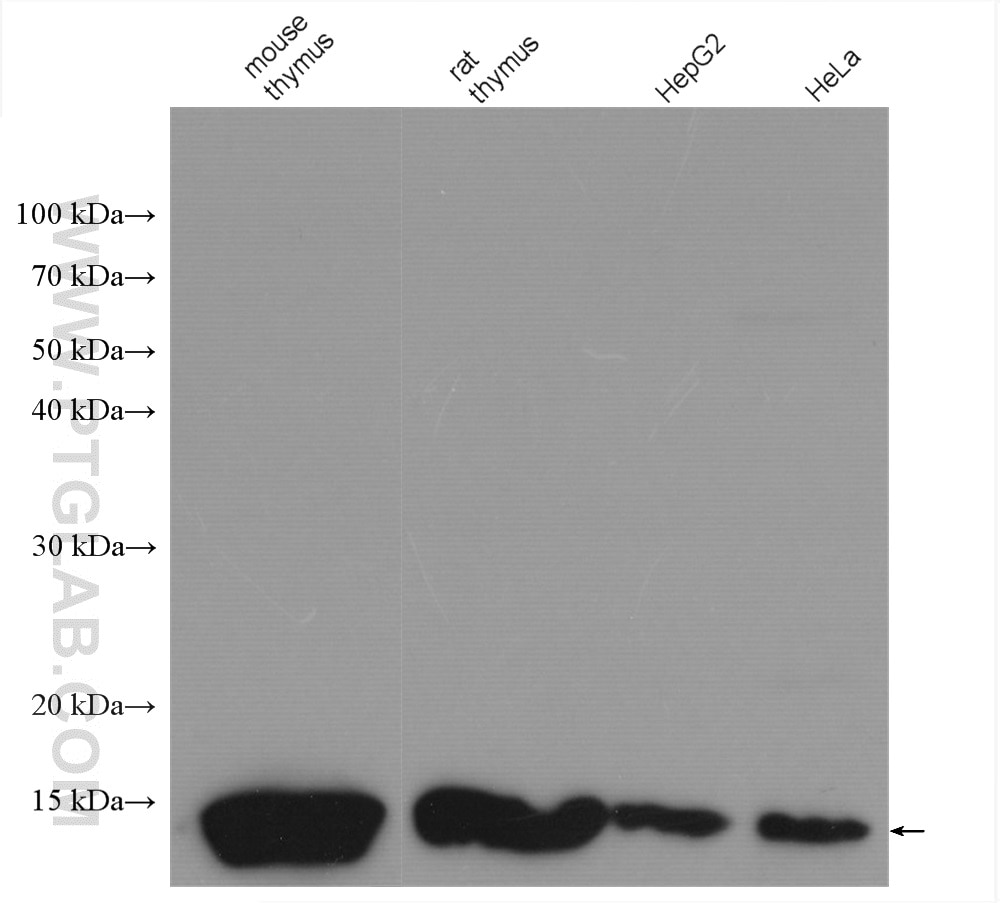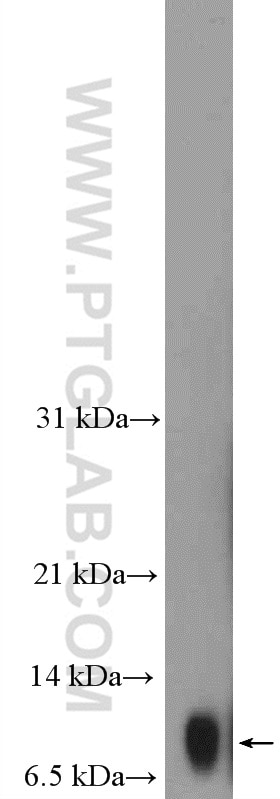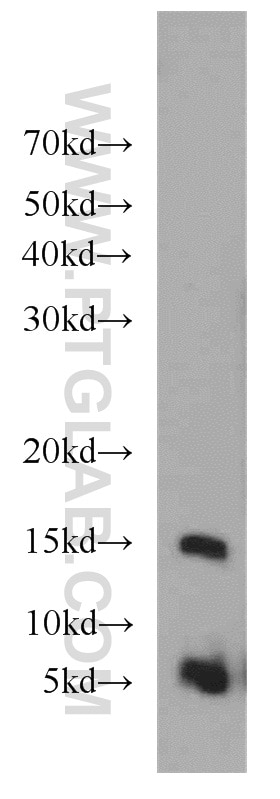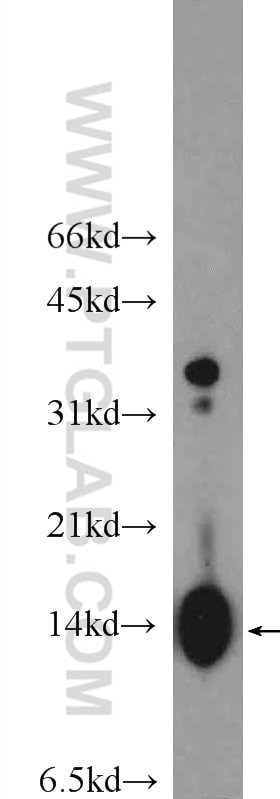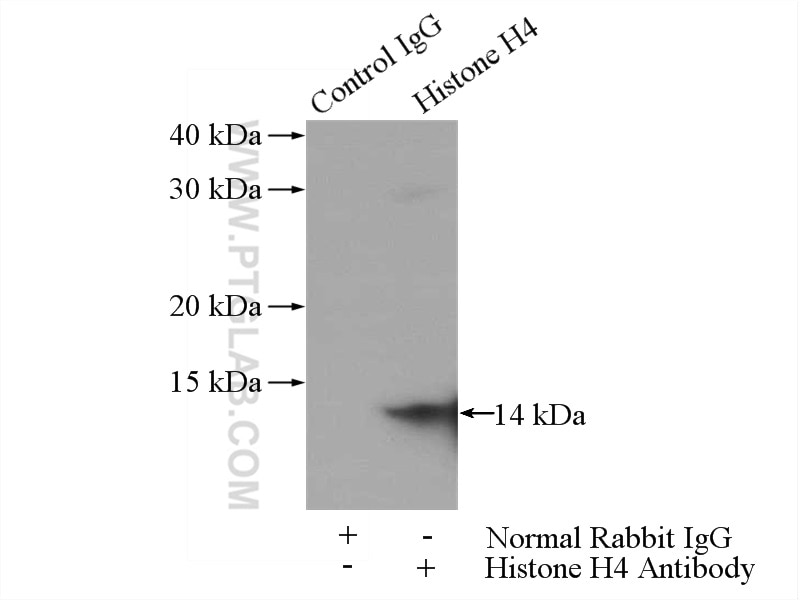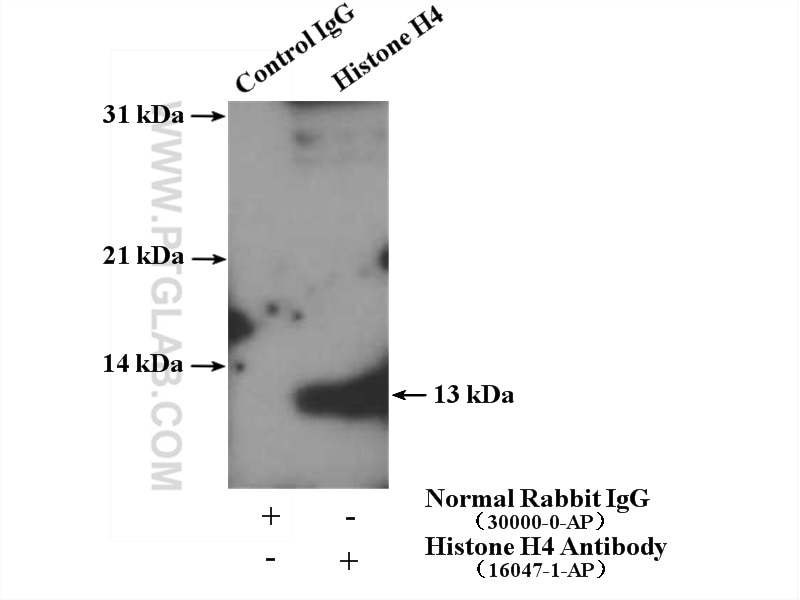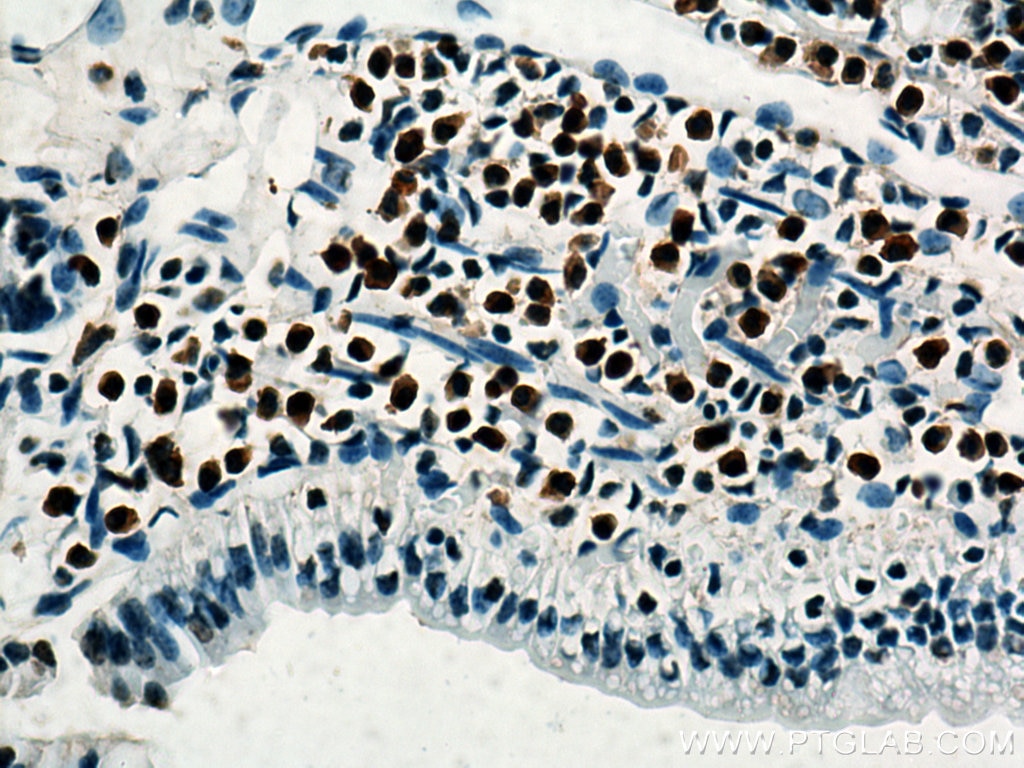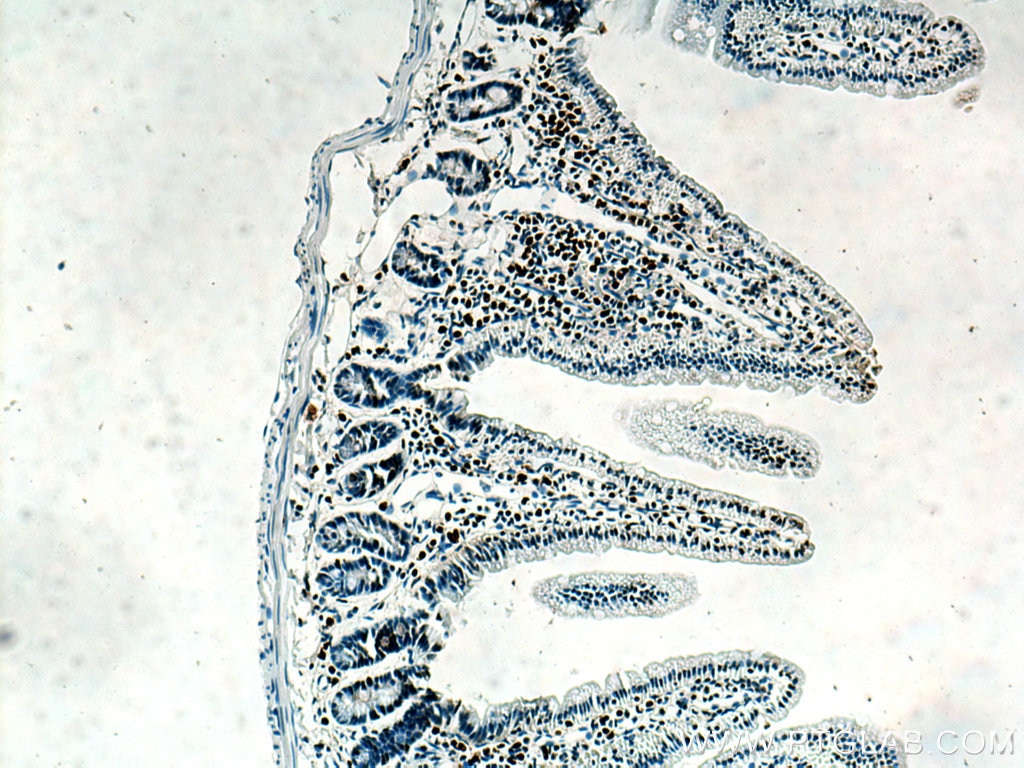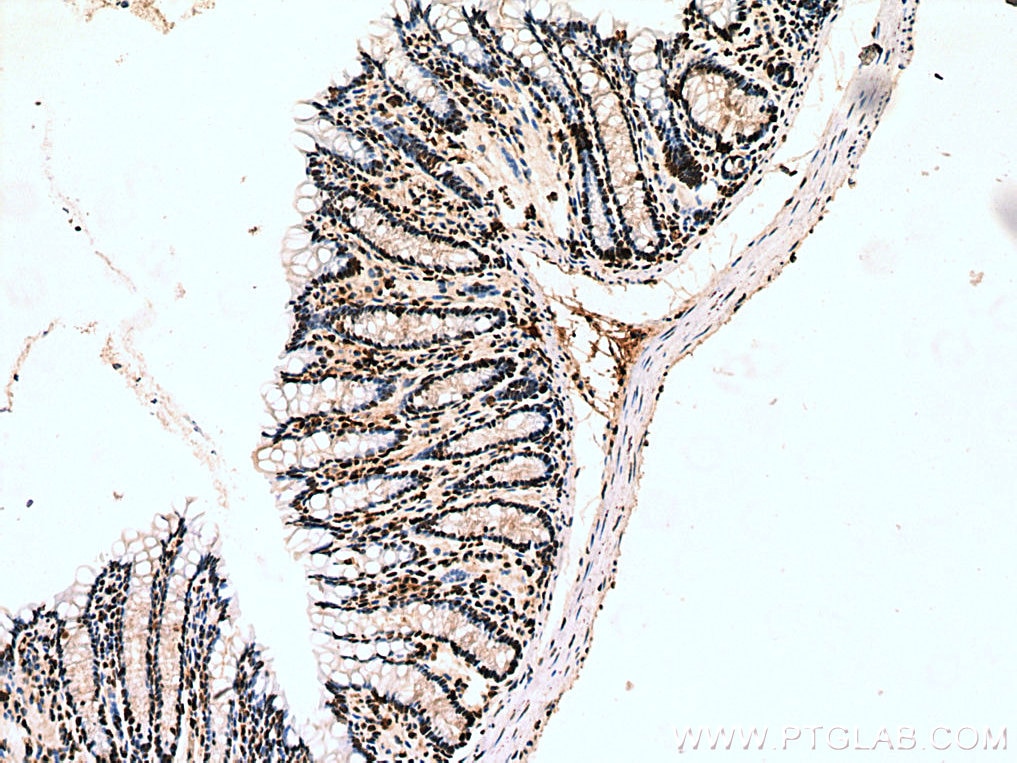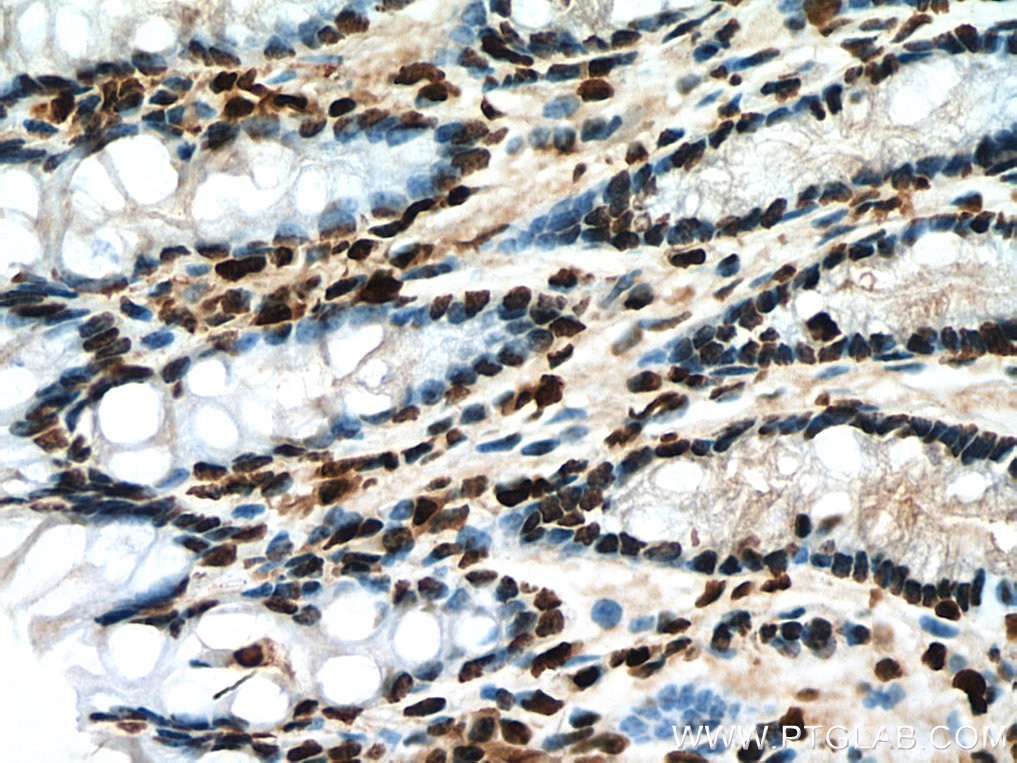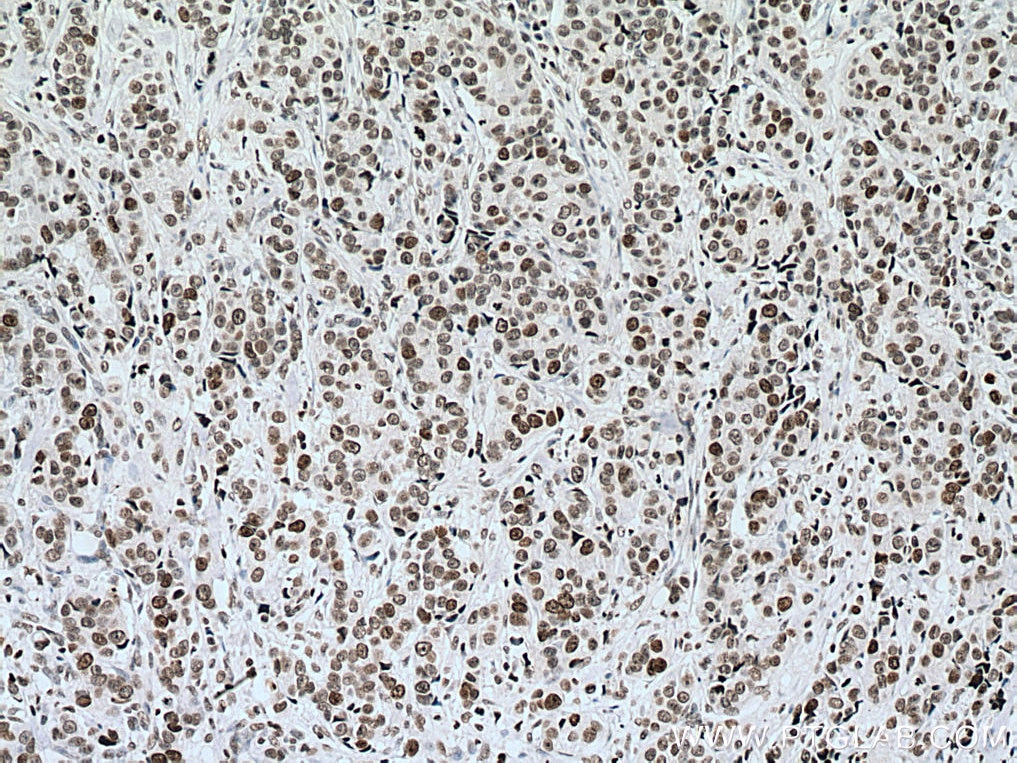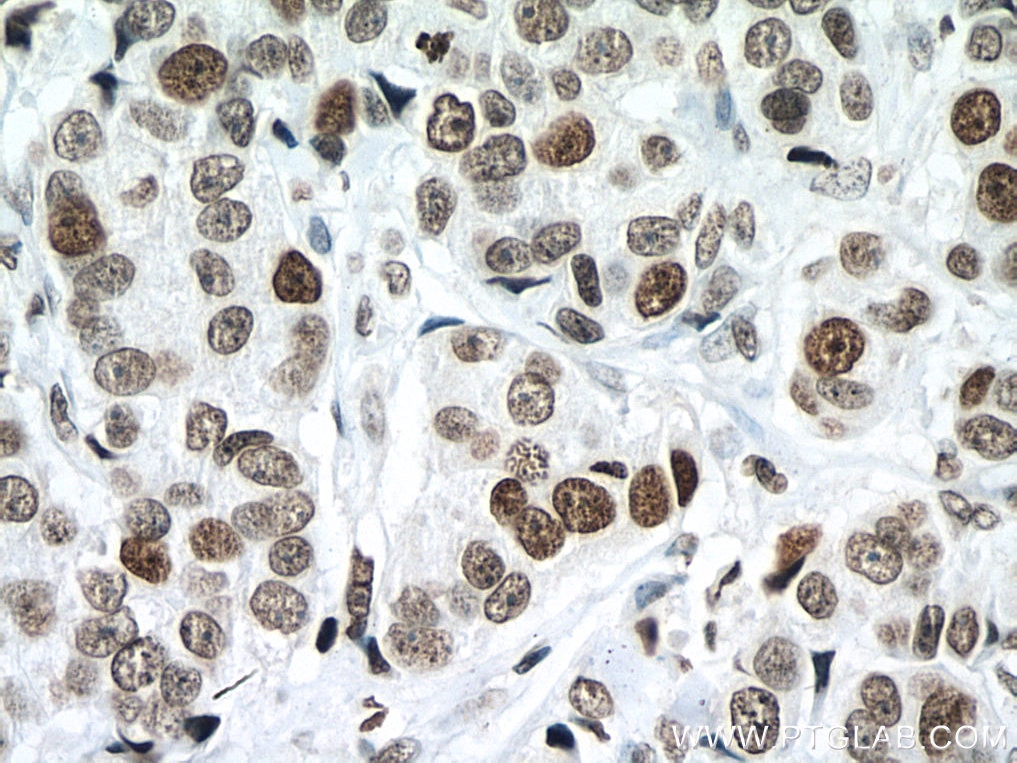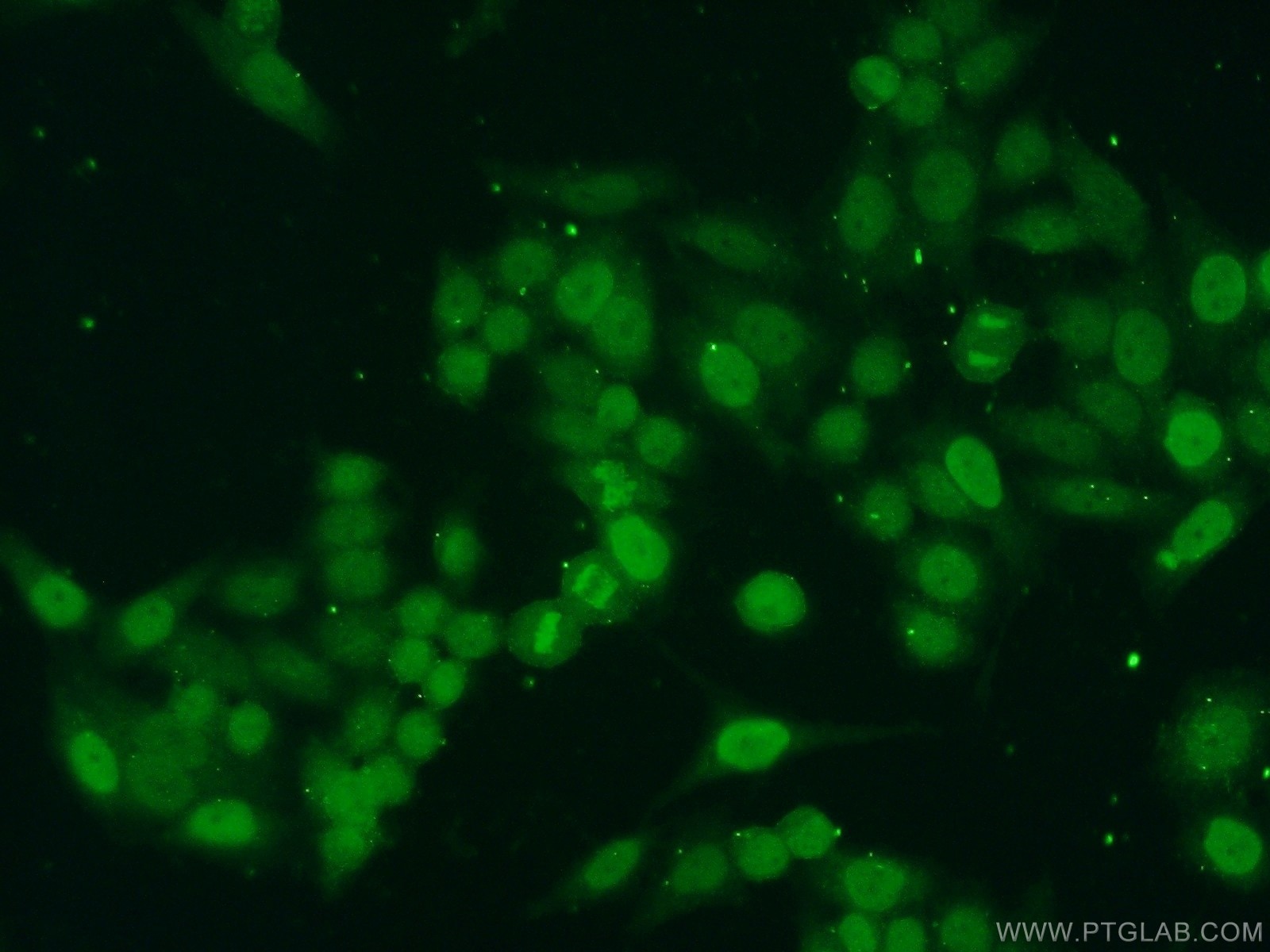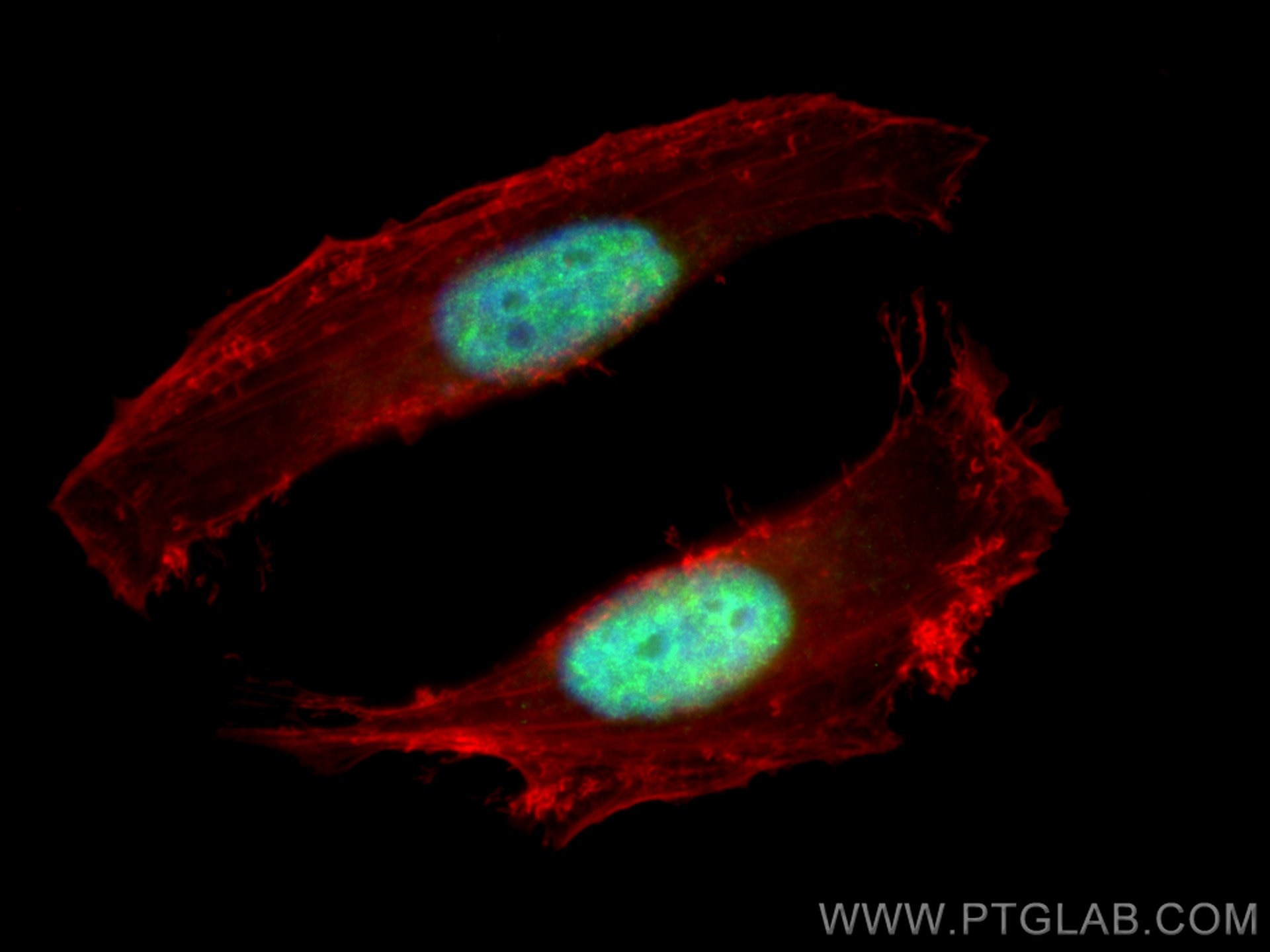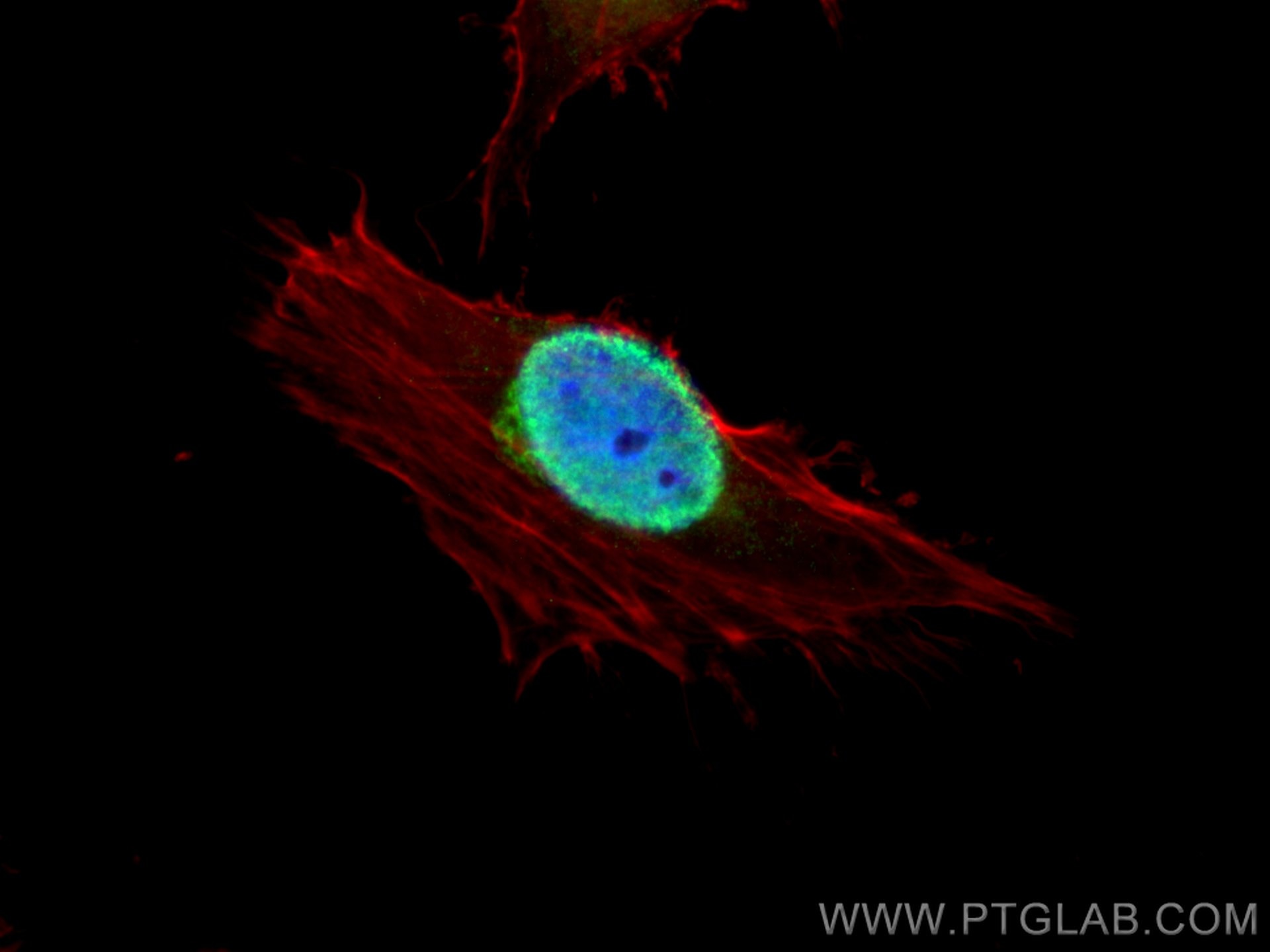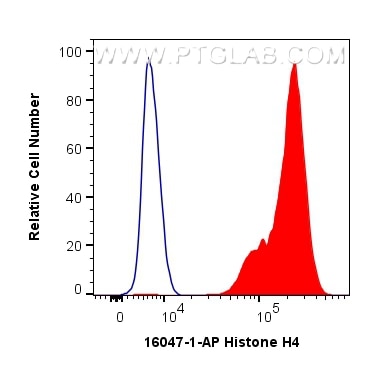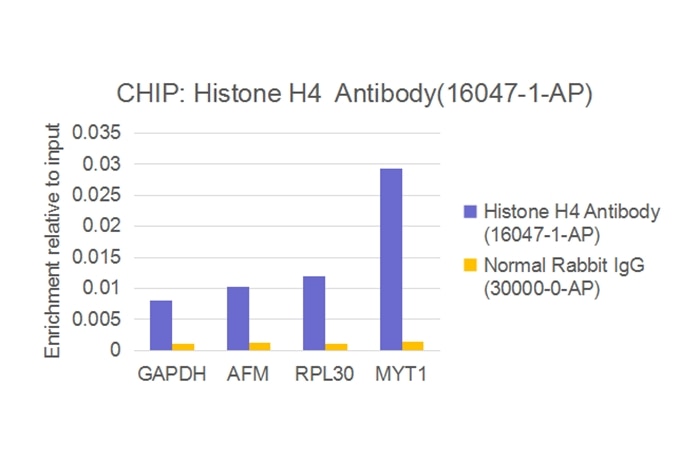Validation Data Gallery
Tested Applications
| Positive WB detected in | HeLa cells, HEK-293 cells, HepG2 cells, HT-1080 cells, MCF-7 cells, mouse kidney tissue, mouse thymus tissue, rat thymus tissue |
| Positive IP detected in | HeLa cells |
| Positive IHC detected in | mouse small intestine tissue, mouse colon tissue, human breast cancer tissue Note: suggested antigen retrieval with TE buffer pH 9.0; (*) Alternatively, antigen retrieval may be performed with citrate buffer pH 6.0 |
| Positive IF/ICC detected in | HeLa cells |
| Positive FC (Intra) detected in | HeLa cells |
| Positive ChIP detected in | HEK-293 cells |
Recommended dilution
| Application | Dilution |
|---|---|
| Western Blot (WB) | WB : 1:500-1:1000 |
| Immunoprecipitation (IP) | IP : 0.5-4.0 ug for 1.0-3.0 mg of total protein lysate |
| Immunohistochemistry (IHC) | IHC : 1:400-1:1600 |
| Immunofluorescence (IF)/ICC | IF/ICC : 1:200-1:800 |
| Flow Cytometry (FC) (INTRA) | FC (INTRA) : 0.40 ug per 10^6 cells in a 100 µl suspension |
| Chromatin immunoprecipitation (ChIP) | CHIP : |
| It is recommended that this reagent should be titrated in each testing system to obtain optimal results. | |
| Sample-dependent, Check data in validation data gallery. | |
Product Information
16047-1-AP targets Histone H4 in WB, IHC, IF/ICC, FC (Intra), IP, CoIP, ChIP, RIP, ELISA applications and shows reactivity with human, mouse, rat samples.
| Tested Reactivity | human, mouse, rat |
| Cited Reactivity | human, mouse, rat, pig, bovine, yeast |
| Host / Isotype | Rabbit / IgG |
| Class | Polyclonal |
| Type | Antibody |
| Immunogen | Histone H4 fusion protein Ag8999 相同性解析による交差性が予測される生物種 |
| Full Name | histone cluster 1, H4e |
| Calculated molecular weight | 102 aa, 11 kDa |
| Observed molecular weight | 14 kDa, 11 kDa |
| GenBank accession number | BC012587 |
| Gene Symbol | Histone H4 |
| Gene ID (NCBI) | 8367 |
| RRID | AB_2118625 |
| Conjugate | Unconjugated |
| Form | Liquid |
| Purification Method | Antigen affinity purification |
| UNIPROT ID | P62805 |
| Storage Buffer | PBS with 0.02% sodium azide and 50% glycerol , pH 7.3 |
| Storage Conditions | Store at -20°C. Stable for one year after shipment. Aliquoting is unnecessary for -20oC storage. |
Background Information
Histone H4 is a 103 amino acid protein, which belongs to the histone H4 family. Histone H4 localizes in the nucleus and is a core component of nucleosome. Nucleosomes wrap and compact DNA into chromatin, limiting DNA accessibility to the cellular machineries which require DNA as a template. Histones thereby play a central role in transcription regulation, DNA repair, DNA replication and chromosomal stability. DNA accessibility is regulated via a complex set of post-translational modifications of histones, also called histone code, and nucleosome remodeling.
Protocols
| Product Specific Protocols | |
|---|---|
| WB protocol for Histone H4 antibody 16047-1-AP | Download protocol |
| IHC protocol for Histone H4 antibody 16047-1-AP | Download protocol |
| IF protocol for Histone H4 antibody 16047-1-AP | Download protocol |
| IP protocol for Histone H4 antibody 16047-1-AP | Download protocol |
| Standard Protocols | |
|---|---|
| Click here to view our Standard Protocols |
Publications
| Species | Application | Title |
|---|---|---|
Cell Insights into Nucleosome Organization in Mouse Embryonic Stem Cells through Chemical Mapping.
| ||
Cell Res Mutual dependency between lncRNA LETN and protein NPM1 in controlling the nucleolar structure and functions sustaining cell proliferation. | ||
Cell Res SUMO suppresses and MYC amplifies transcription globally by regulating CDK9 sumoylation. | ||
Nat Commun Cis- and trans-resveratrol have opposite effects on histone serine-ADP-ribosylation and tyrosine induced neurodegeneration. | ||
Autophagy The Paf1 complex transcriptionally regulates the mitochondrial-anchored protein Atg32 leading to activation of mitophagy. | ||
EMBO J Decreased synthesis of ribosomal proteins in tauopathy revealed by non-canonical amino acid labelling. |
